Join us for a conversation with EMPT Studio, the designers behind our newest gallery in Penang, and our second gallery in Malaysia. While every space begins with the foundation of our Singapore flagship gallery, we champion local designers to interpret the EDL experience through their own lens.
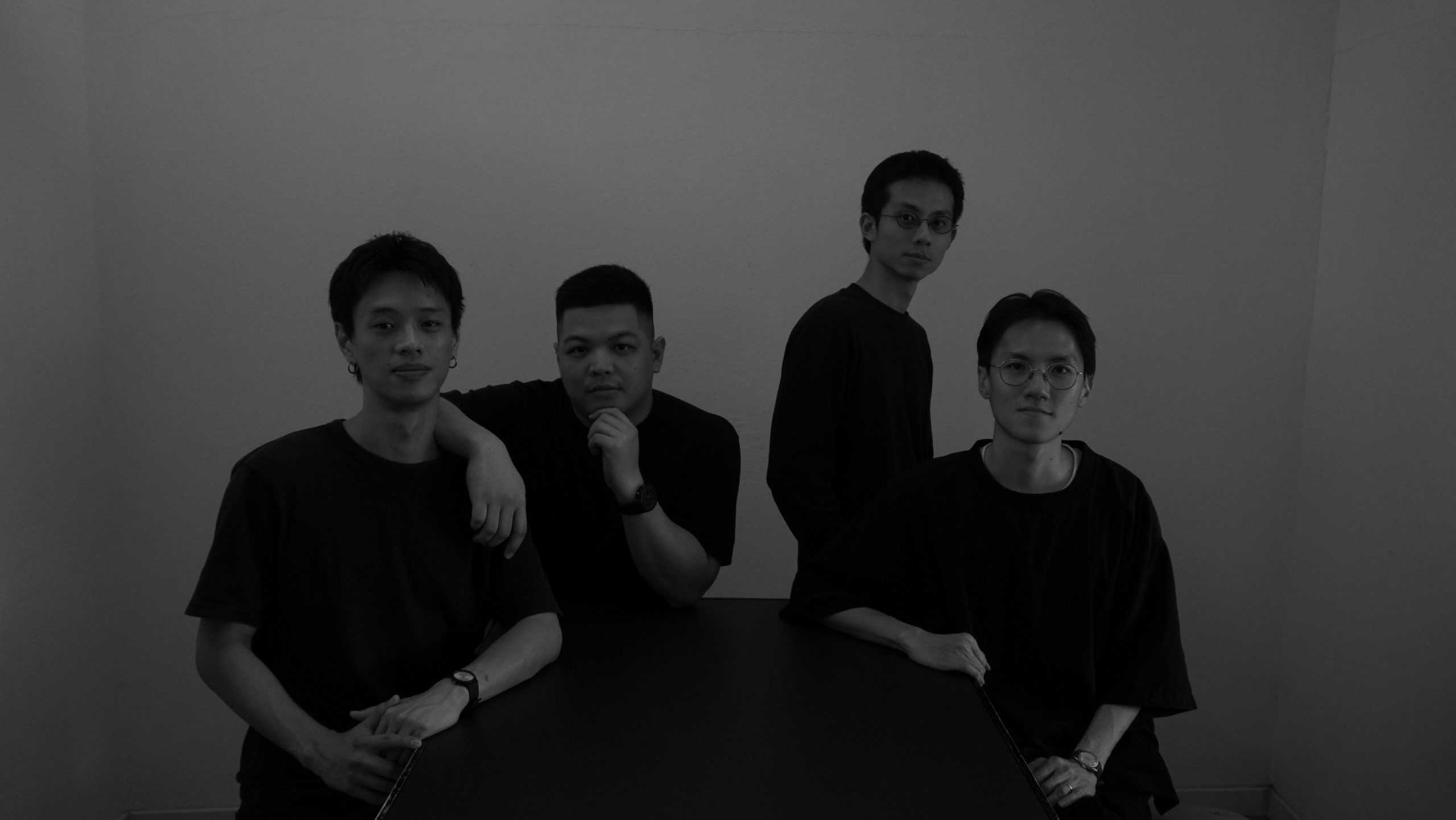
Let’s start with an introduction! Can you tell us a bit about your studio and the design philosophy that guides your work?
We’re EMPT Studio, a Penang-based interior and spatial design studio founded by four partners. We started EMPT with the intention of not over-defining it. Even the name ‘EMPT’ was left open-ended, so our work could give it meaning over time. That attitude still guides us — we don’t impose fixed formulas, but instead respond thoughtfully to each project’s context, materiality, and people. We believe a good design doesn’t have to shout to be powerful.
What was the starting point of your design concept for the EDL Penang Gallery?
Our first focus was on spatial planning. The site is a narrow, elongated heritage shophouse, which brought both inspiration and challenges. To improve circulation and proportions, we made some structural changes, such as relocating the original staircase, which really paid off in helping the space breathe better. At the same time, we were careful to retain and respond to elements of the original building. Features like the vintage mosaic tile flooring and the old-school steel window frames with ornamental designs became meaningful cues. Rather than erase them, we chose to blend these details into the new design, creating a quiet balance between past and present.
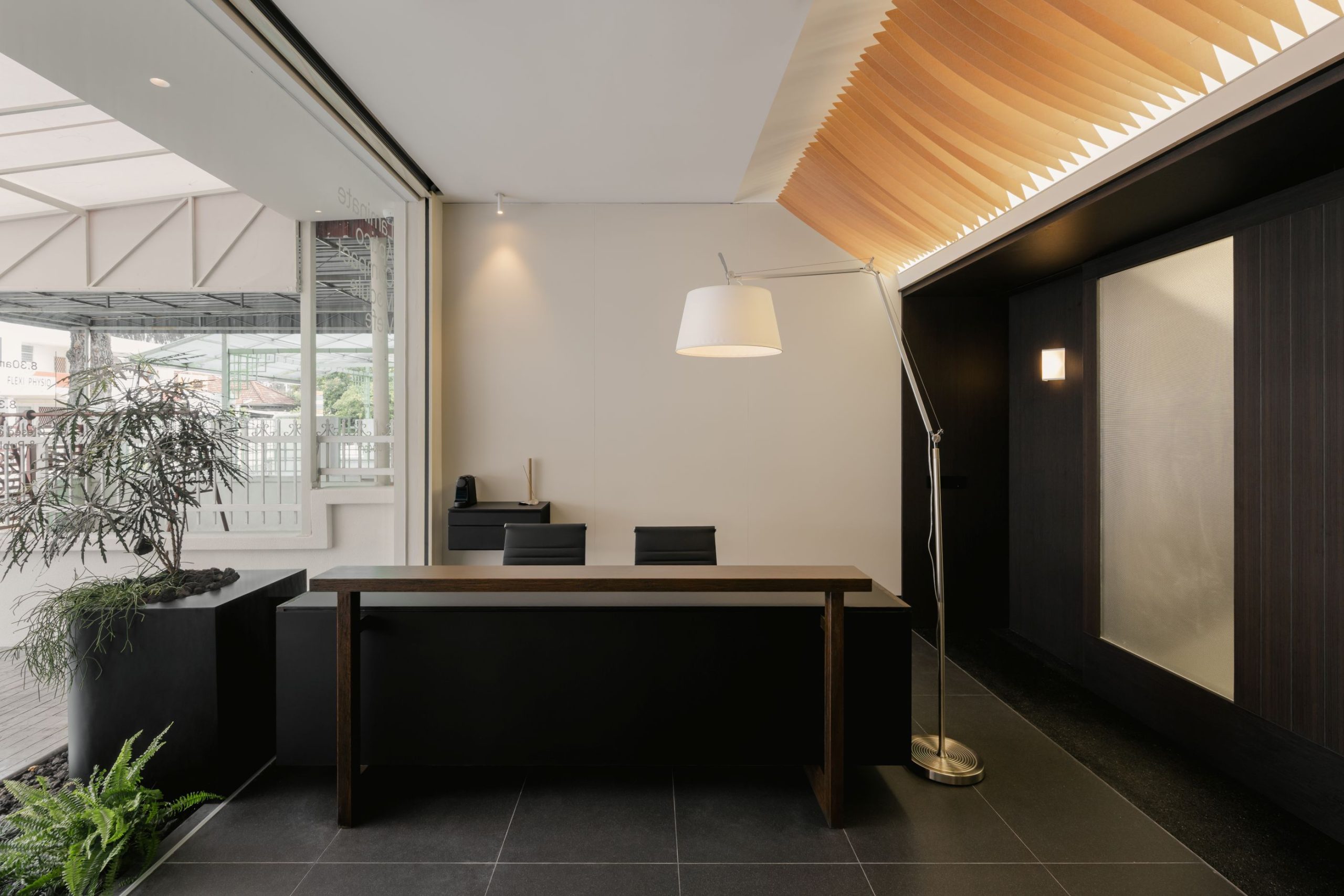
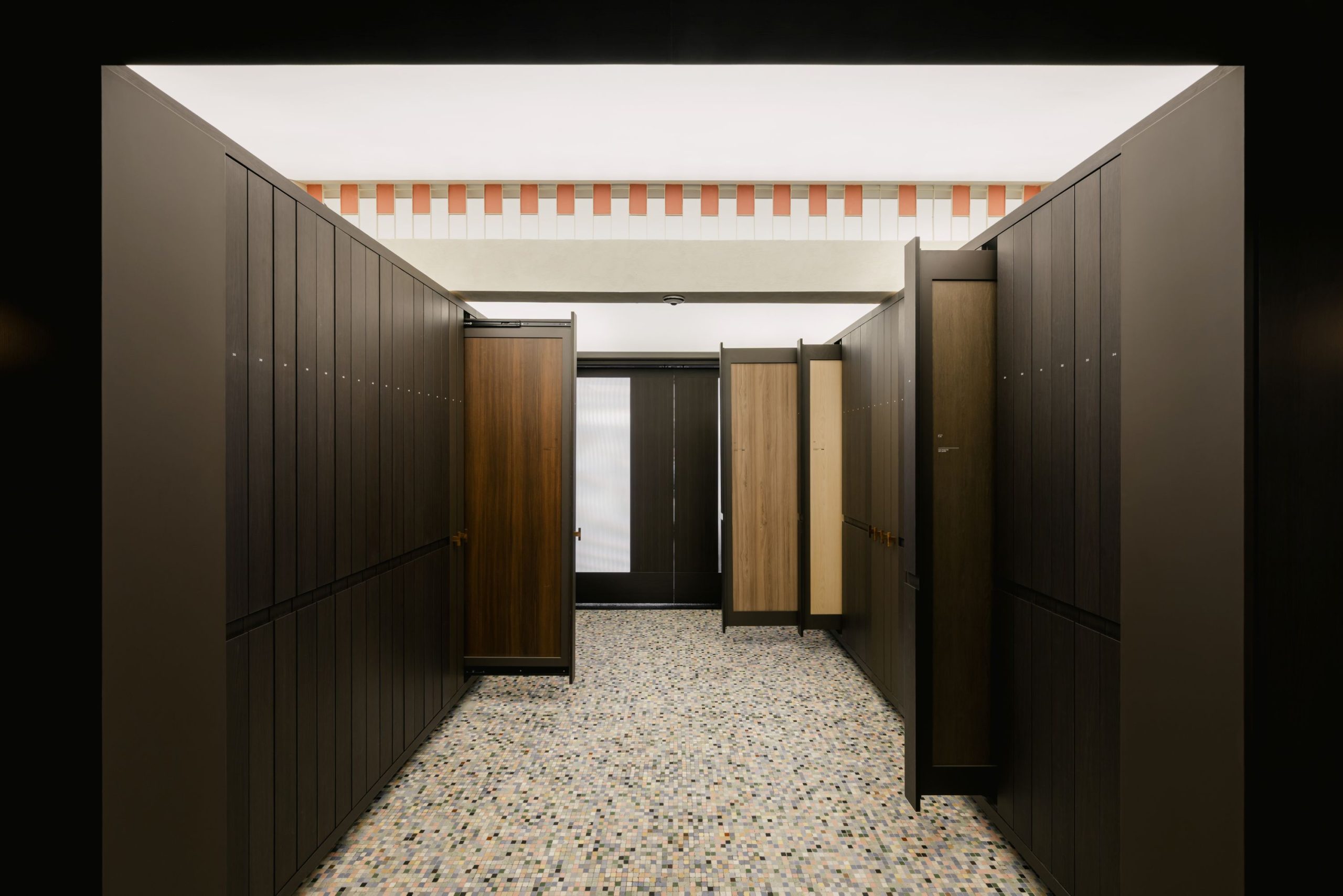
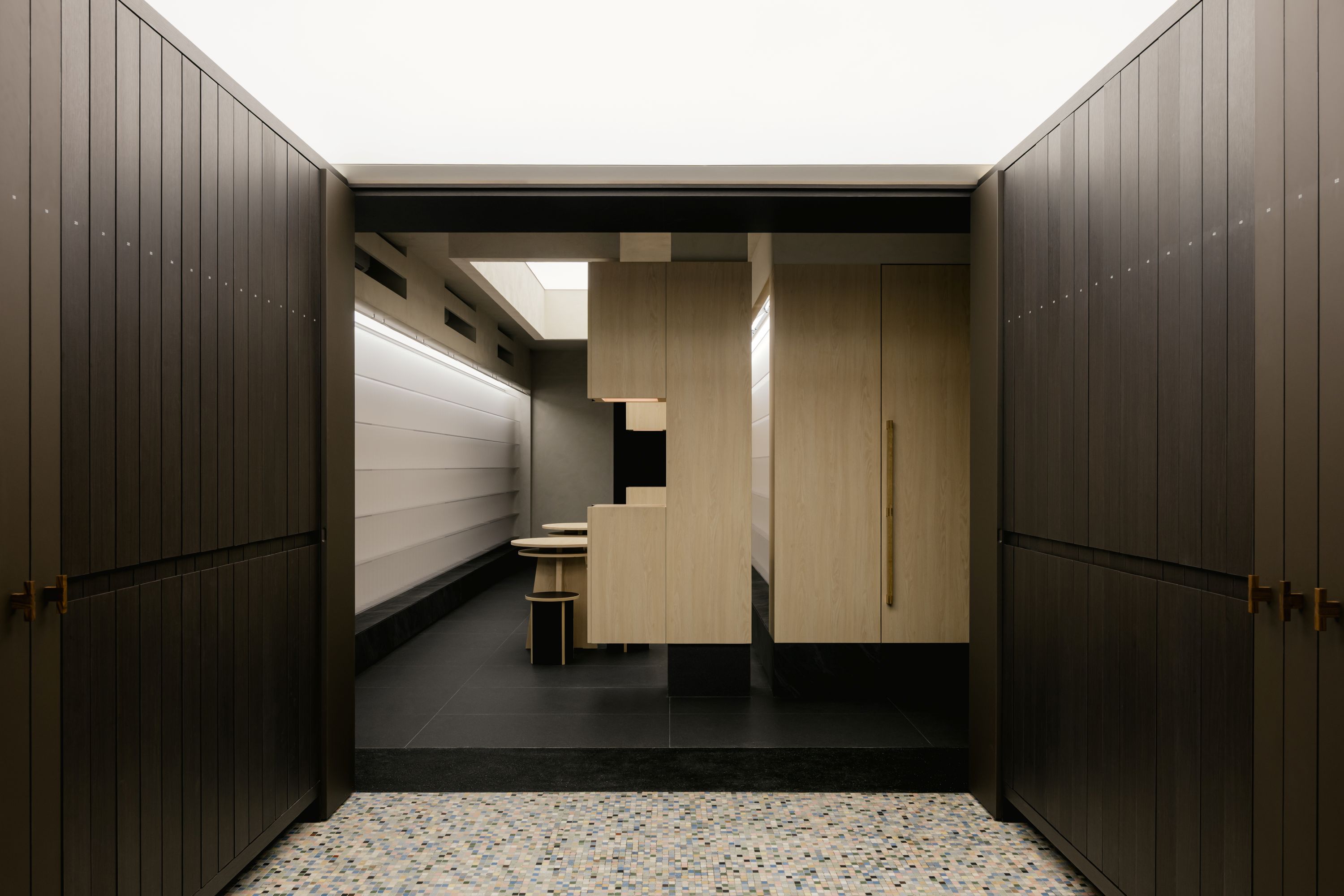
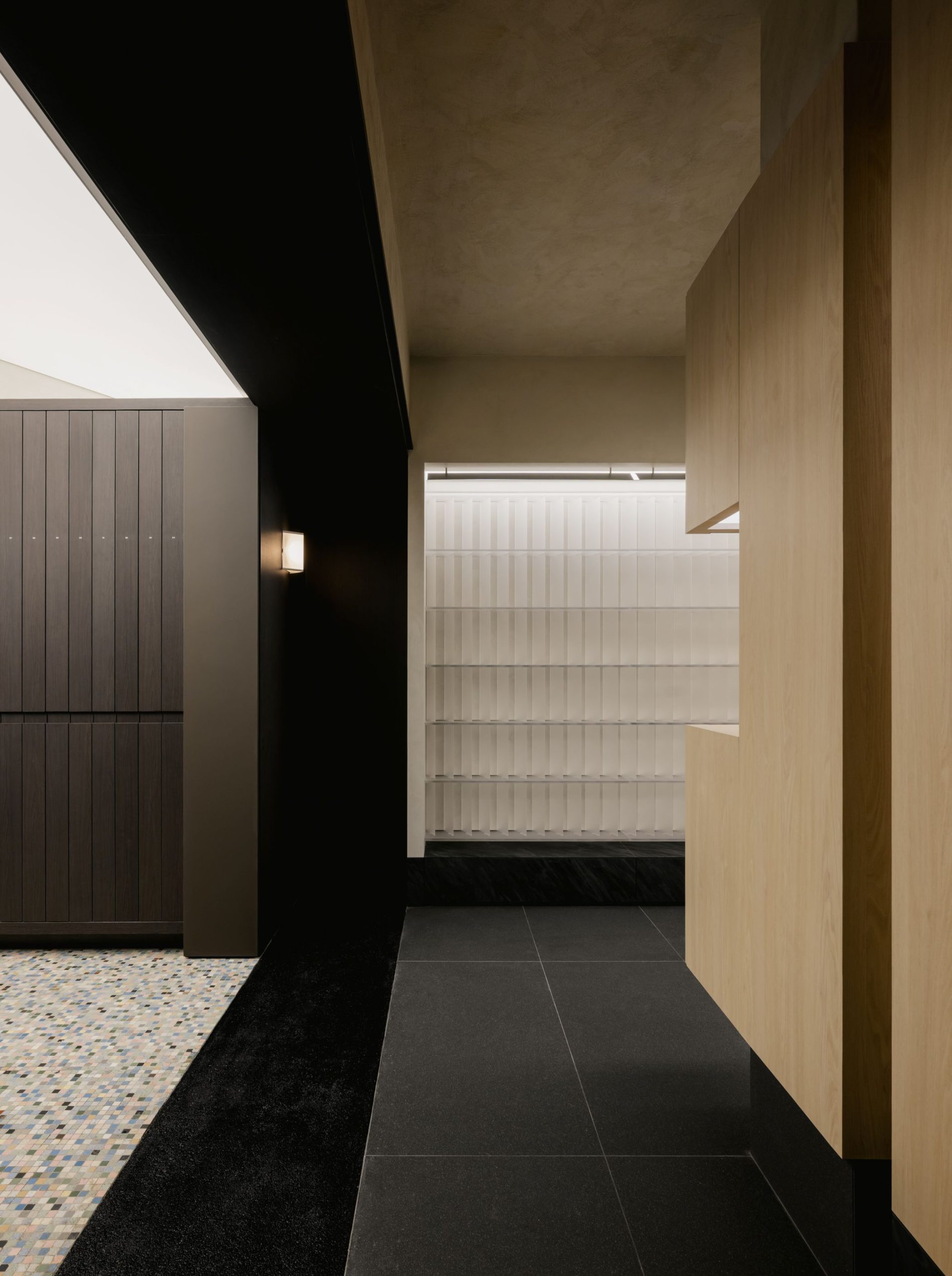
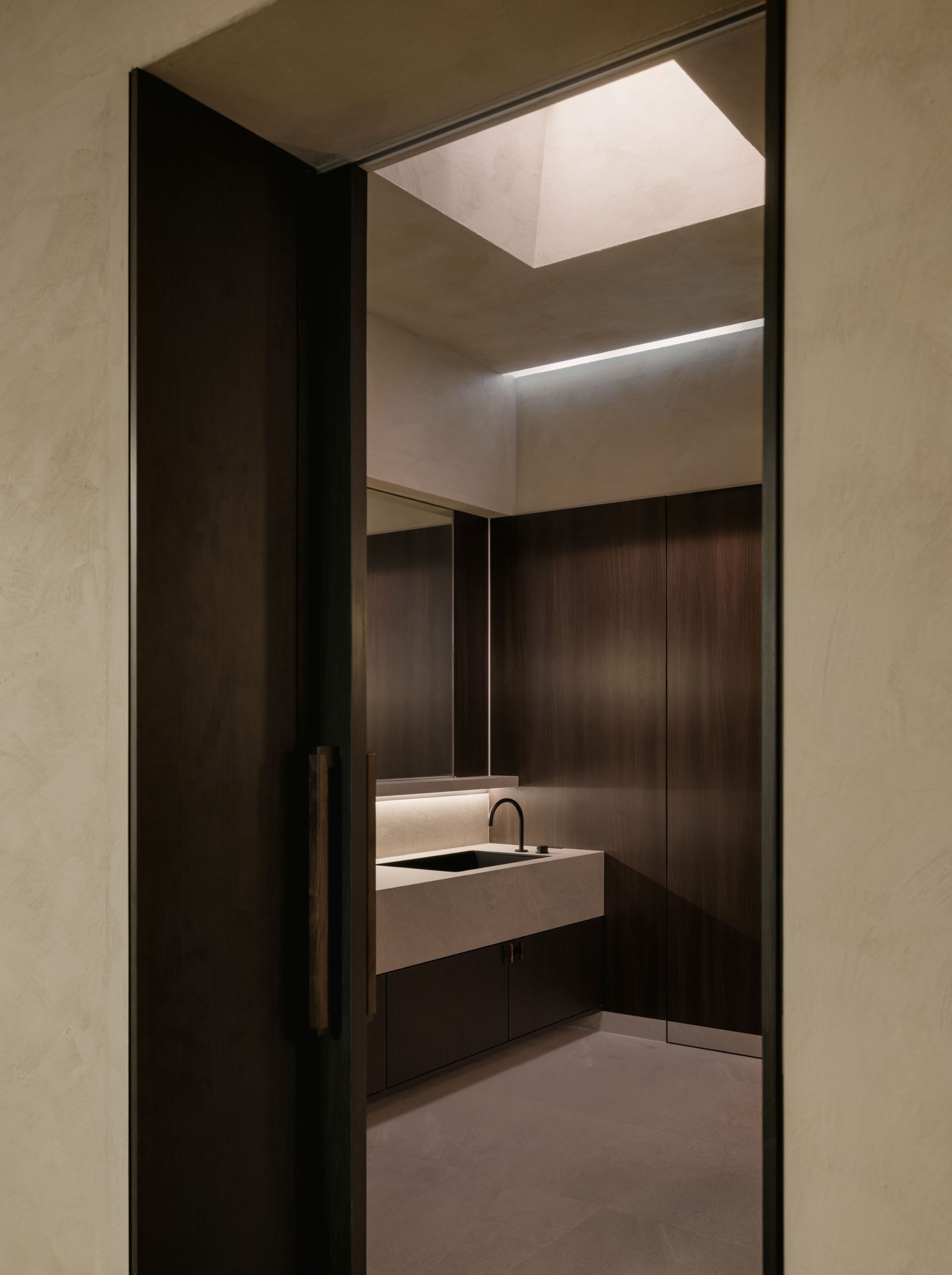
How did you approach spatial planning, especially with the gallery’s split-level layout?
Spatial planning was the backbone of this project. From the beginning, our goal was to create two distinct yet connected zones: a material library and finish display on the ground floor, where visitors could engage with samples and full-size panels; and a live kitchen showroom upstairs, designed not just to showcase materials in use, but also to host events and conversations with designers.
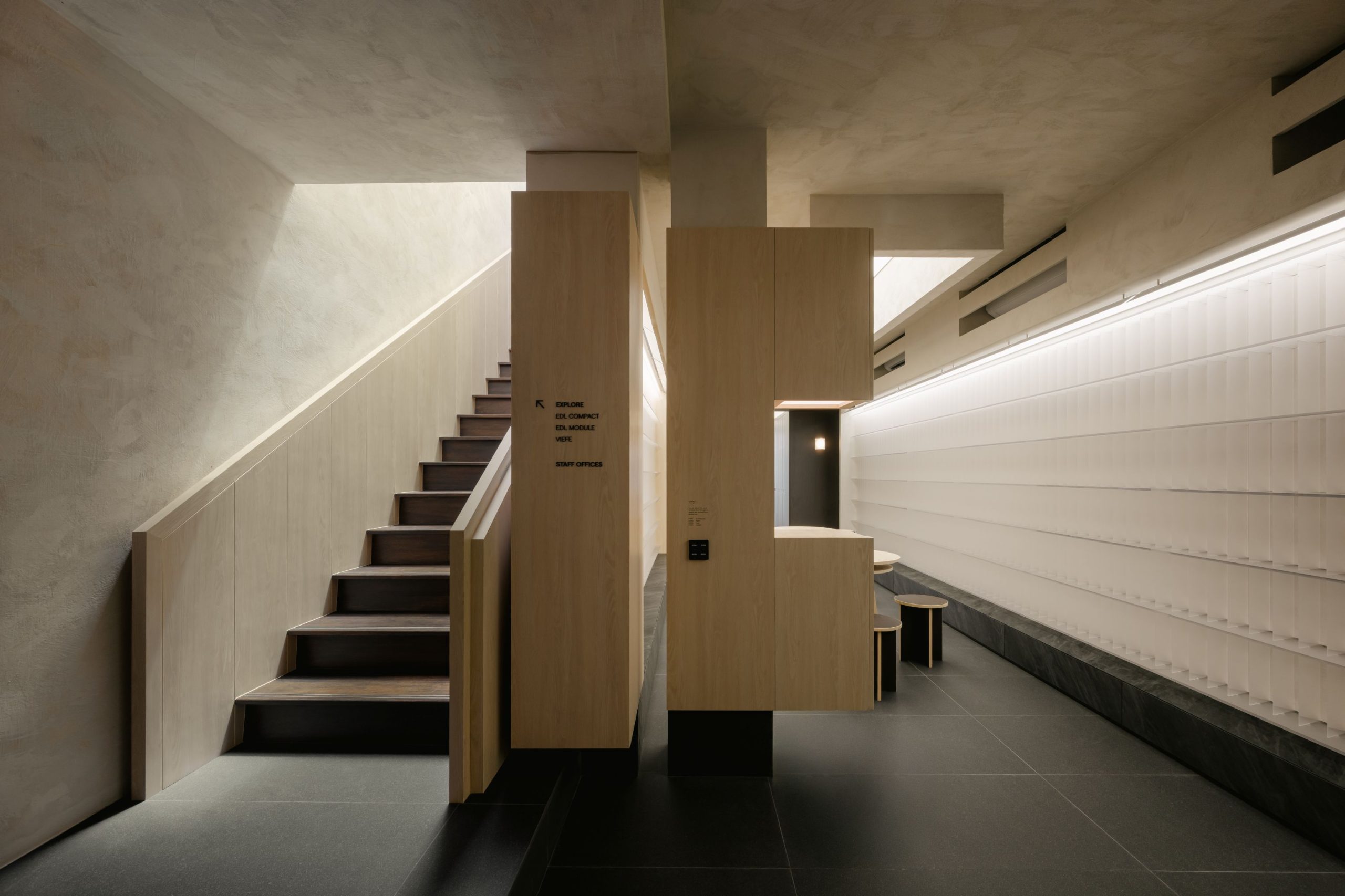
What mood or feeling were you hoping to evoke when someone walks into the gallery?
We wanted the gallery to feel calm and intuitive, a space that quietly invites people in. At the same time, we also hoped to provoke a sense of curiosity. Once the practical needs were met, we focused on creating moments that stand out: through unexpected material combinations, detailing, or construction methods. So, the mood we aimed for was a balance – familiar enough to feel comfortable yet layered enough to spark interest. It’s that contrast that makes people linger a little longer, noticing how things are put together, how textures interact.
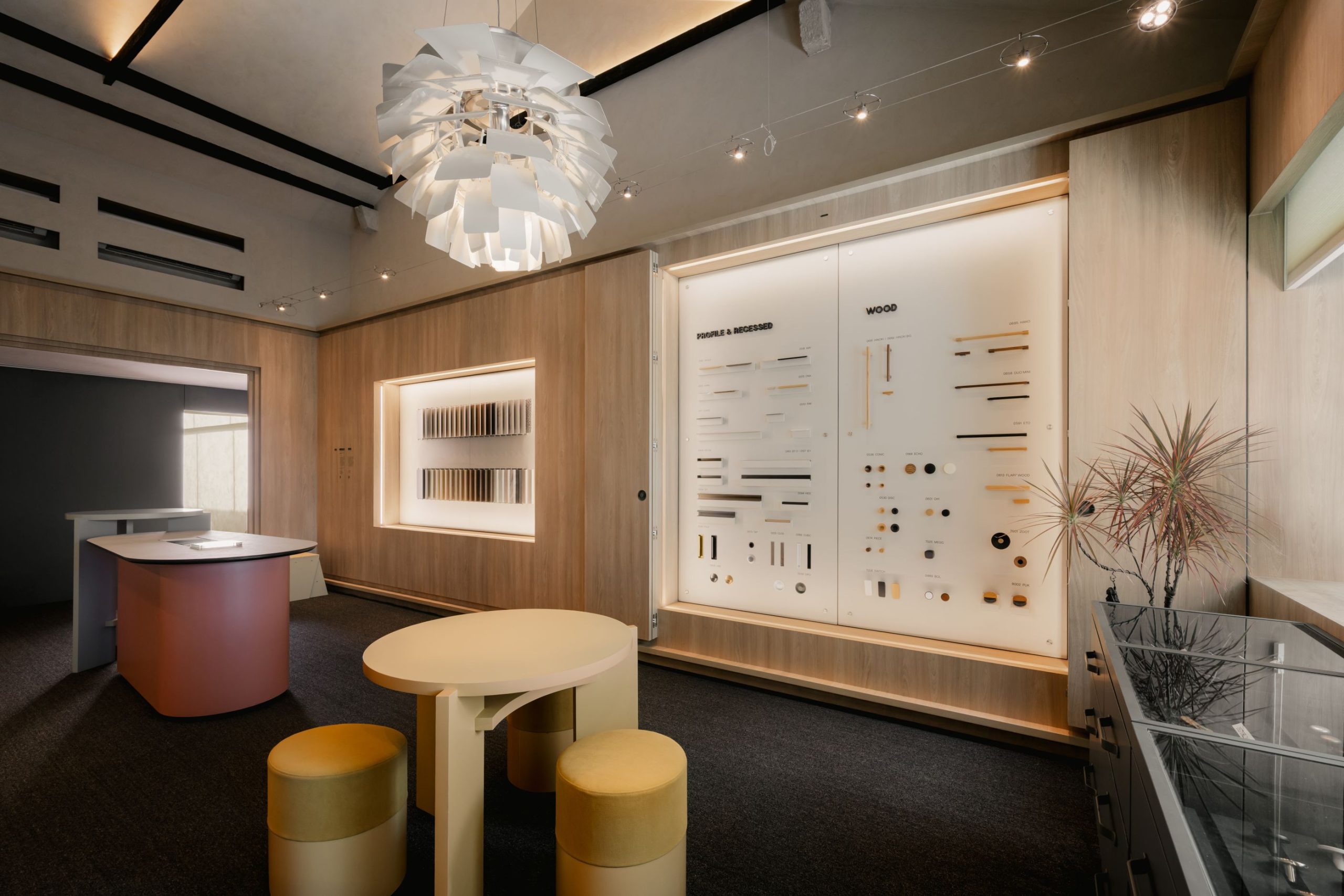
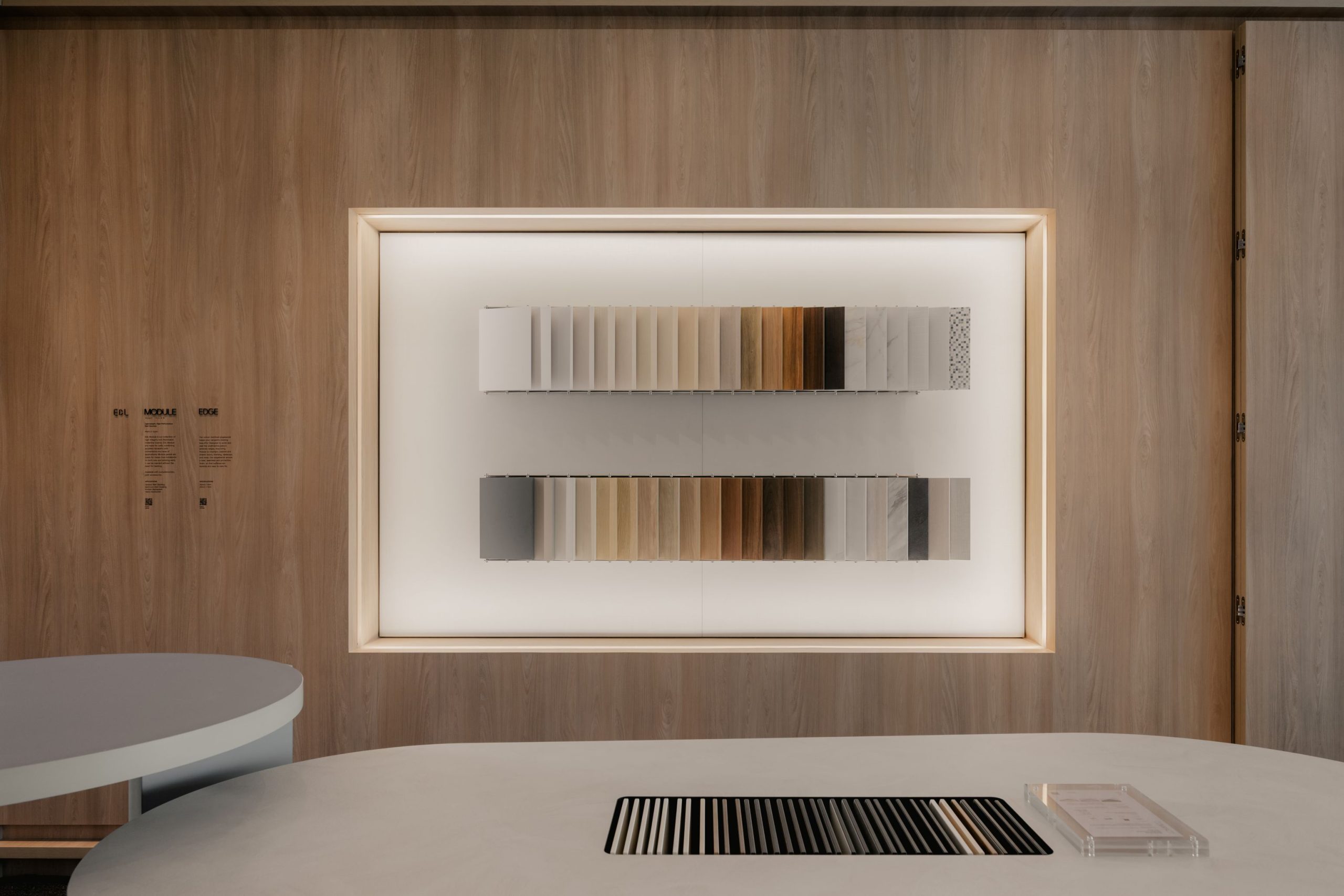

At EDL, materials aren’t the finish touch; they’re the starting point. Which material or collection sparked the strongest design idea for you?
What really sparked new ideas for us was the EDL Compact material. Its slim profile opened possibilities in the tighter parts of the gallery, where space is limited but still needs to function well and feel refined. It allowed us to design with more precision, especially in detailing and layering, which really shaped how we approached the narrower zones.
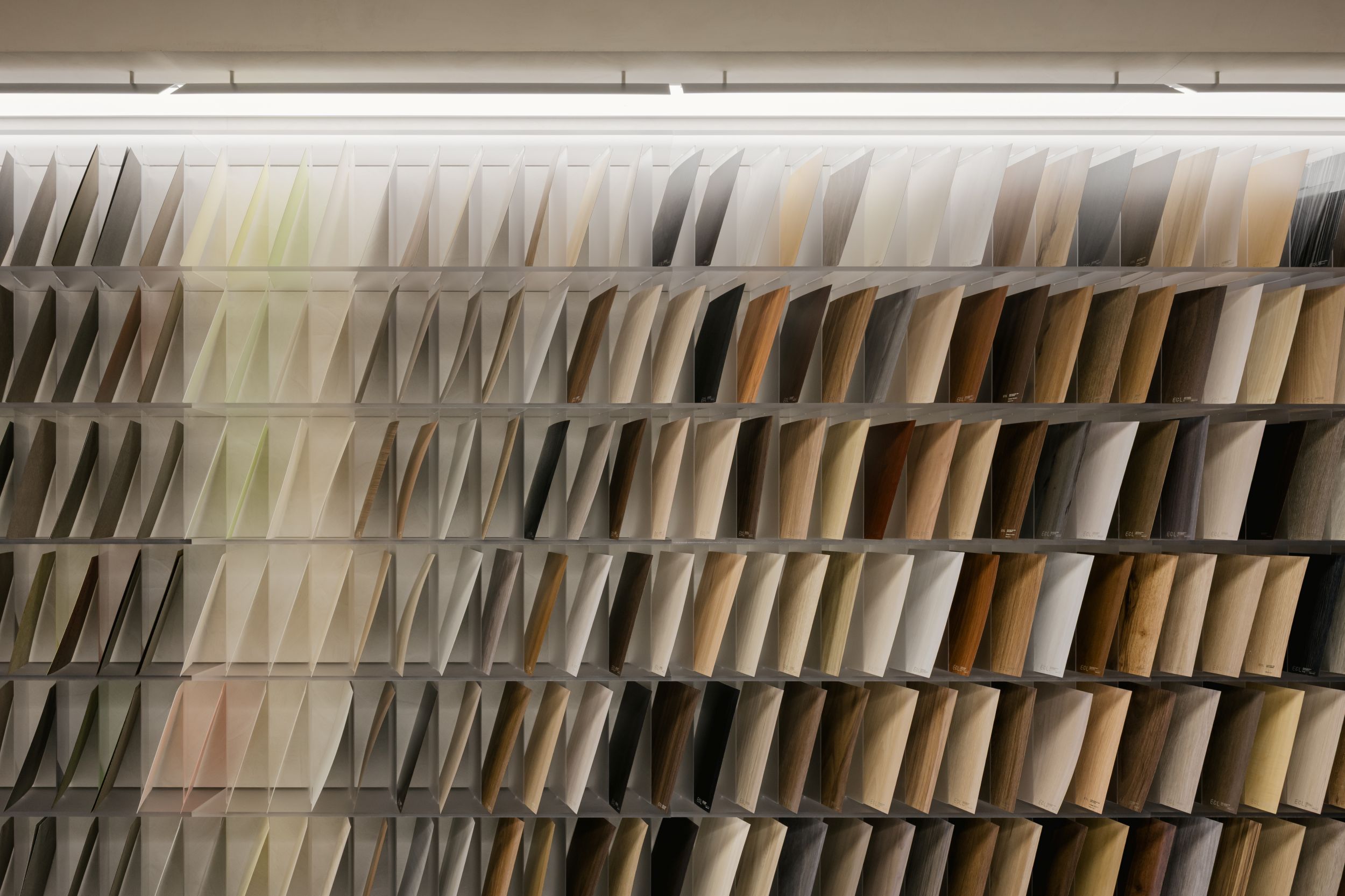
The brief called to explore unexpected or surprising ways to use EDL materials. How did you approach that?
It wasn’t about reinventing the wheel but finding new expressions that felt true to both the material and the space. One example was how we used wood-textured laminates to design door panels – placing them in different orientations to mimic the way a traditional solid timber door might be built by a carpenter. This detail gave the panels a more crafted, layered feel.
That same approach was extended to the staircase railing, where we used the same material logic to create a visual rhythm. It was a subtle move, but the outcome really surprised us – it brought warmth, structure, and a touch of familiarity, all while showing the material in a more nuanced way.
Is there a part of the space that feels especially personal to you?
The first space that comes to mind is the showroom and event area on the first floor. It’s not just about that room itself, but the whole journey leading up to it – ascending the staircase under a glass roof, passing through a quiet transitional corridor, and then arriving into this calm, light-filled space beneath the high-pitched ceiling.
We kept the material palette simple and let the loose furniture in solid colours add subtle contrast. All the functional elements were integrated into a continuous wall cabinetry system, which kept the centre of the room open and flexible. It’s a room people naturally want to linger in, and I think that’s why it feels personal to me.
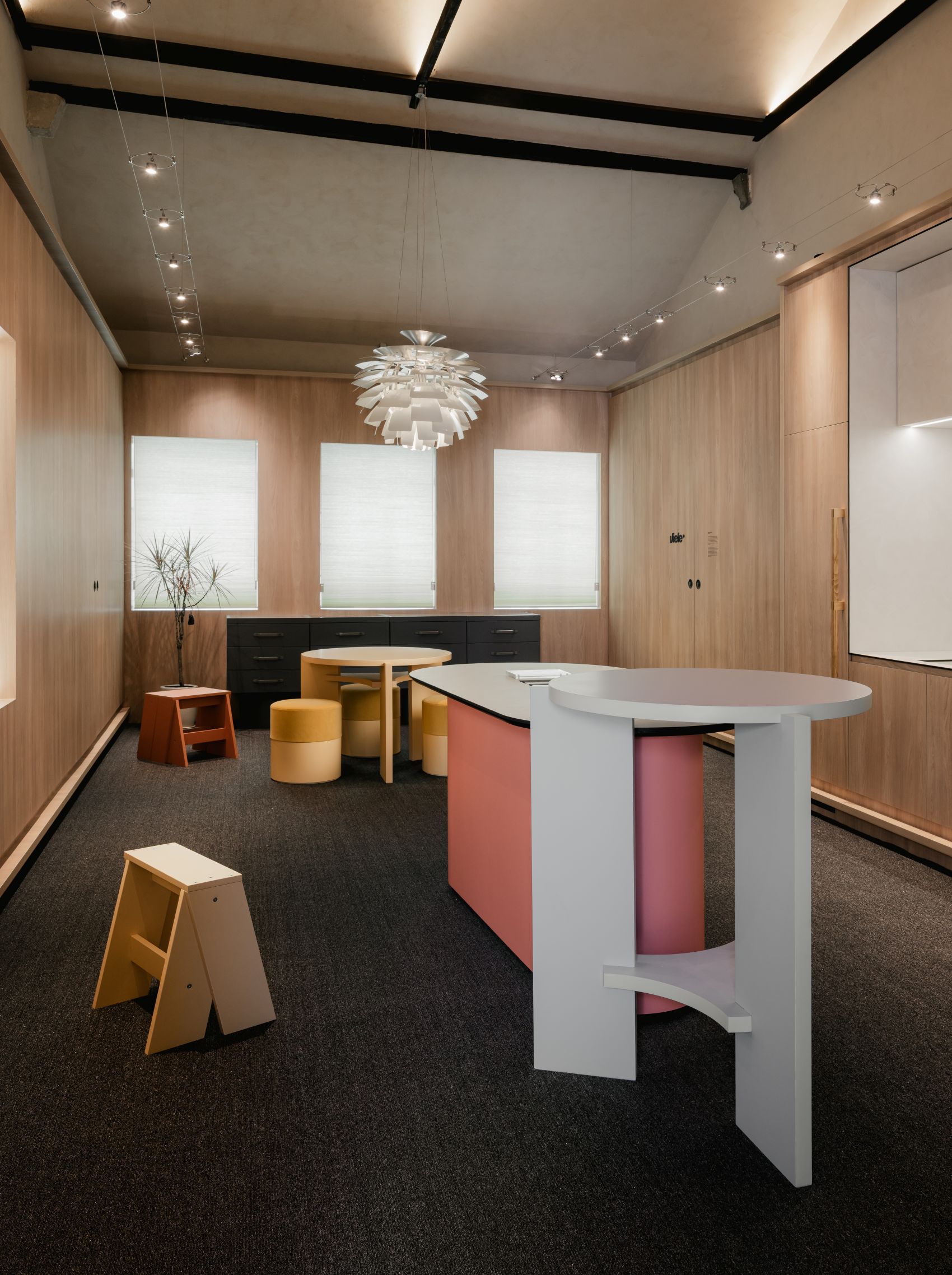
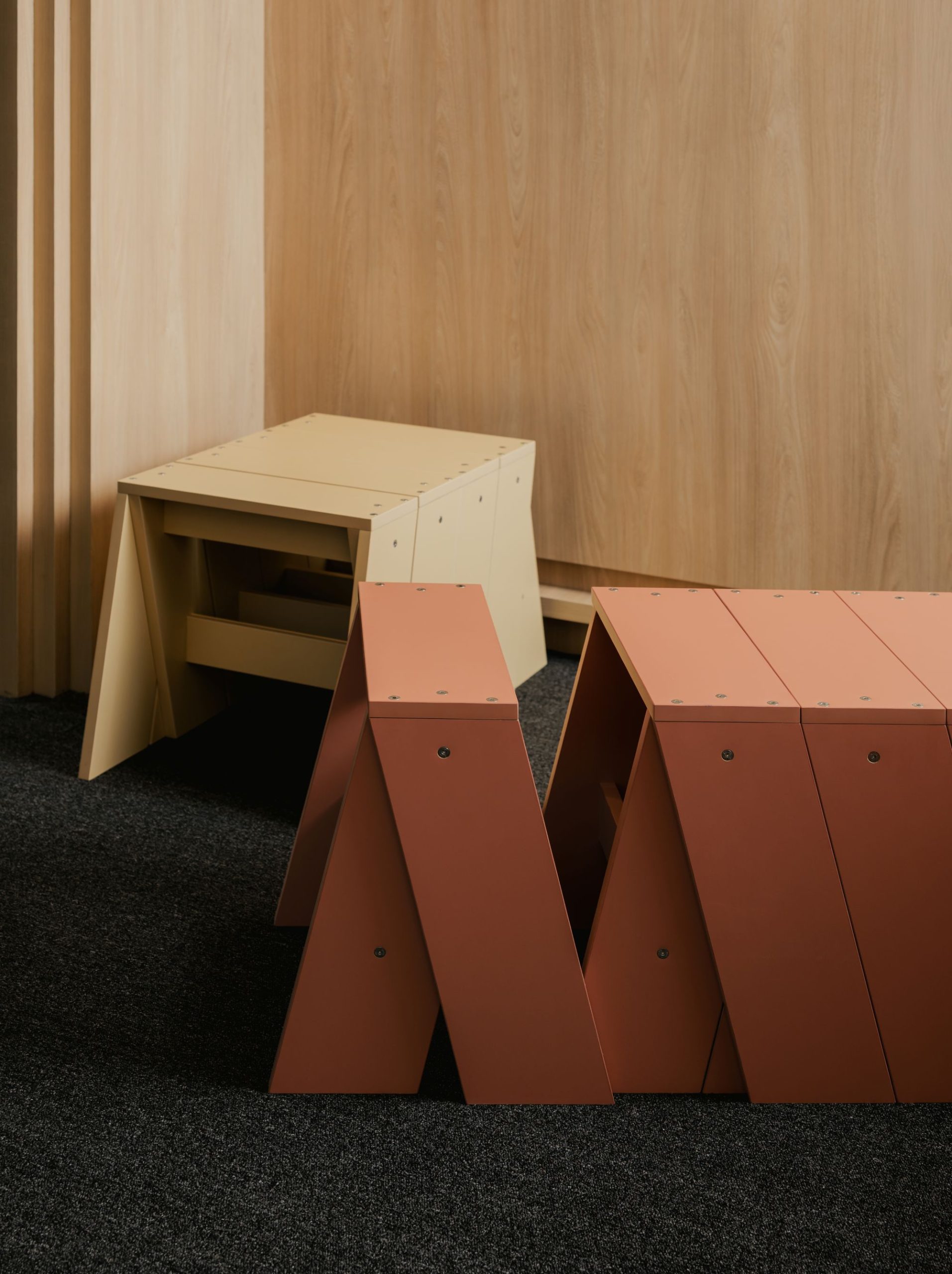
What do you hope people feel or think after visiting the gallery?
I hope people leave the gallery feeling inspired – whether it’s designers picking up a small detail, or end users imagining how they could apply certain materials in their own spaces. Even if it’s just one idea that stays with them, that would mean a lot.
And I also hope they get a sense of what the building was like before. There’s a quiet story of transformation behind the gallery; from a worn-down heritage shophouse to a space that flows, functions, and invites people in. If visitors can feel that shift and see how thoughtful spatial planning brought it to life, then I think we’ve done our job well.